The game of Bourle can be considered as THE local sport of our town. If one were to be convinced of this, it would be enough to attend one of the many competitions or a training session for young people as part of their schooling. The game bourle can be described as a traditional game and is part of the city's living heritage.
Bourle is played in Belgian and French Flanders, in the area of Tourcoing, Roubaix and surroundings, as well as in the province of Hainaut. Today, Wattrelos has 7 bourloires, two of which are listed in the Inventaire Supplémentaire des Monuments Historiques (the supplementary Historic Monument List). Although the number of bourloires has considerably decreased, the game continues to be a passion and Wattrelos is at the forefront of this entertainment.
A little history...
The origin of the game of bourle is not defined. It probably goes back to the "bourle plate" mentioned by Rabelais. The oldest document currently recorded relating to the practice of jeu de bourle is an extract from the banns of Lille dated 4 August 1382 prohibiting the practice of jeu de bourle on the public highway on pain of a fine of 60 sols. For some, the game dates back to the beginning of the 17th century, during the canalization of the Loire in Anjou, where many Flemings were working. To occupy their leisure time, they threw logs into dug-out trenches. For others, the game was brought from Anjou by the Flemings who played it in the holds of sailing ships.
The word "bourle" replaced "carolet" at the beginning of the 19th century. At that time, with 200 bourloires, Wattrelos was considered a Mecca for bourle. The term "bourler" is very old and means "to stagger and fall" in Picardic dialect.
The bourloire
The game of Bourle is played in a bourloire, which is usually at the back of a café. Originally open-air, nowadays they are almost all covered.
The bourle game is made up of several elements. In Wattrelos, the game is played with a huge bourle. Made of guaiac wood, a very dense wood from Latin America, or of québracho, its weight varies from 4.5 to 9 kilos. More recently, bourle is made from a more modern material, the canevasite (which is a synthetic resin) in order to preserve its longevity. Shaped like a wheel, with a diameter of 25 to 27 centimetres and a width of 10 centimetres, it is recognizable by the number written on it. It is asymmetrical, with a more bevelled side. This allows it to zigzag more easily between the other wheels stopped on the alley.
The track ends in a ditch (also called a "tchu") to collect the offside balls. About 1.5 metres from each end of the lane is the "étaque", which is a piece of metal driven into the ground and serves as a fixed jack. The oldest tracks are made of soil and cow dung, sand, salt and beer. The more recent ones are covered with a synthetic surface.
The game
Two teams of 2 to 6 players are composed of a captain, scorers and batsmen. A friendly match is played in 6 or 8 points.
The aim is to place the balls as close as possible to the square, which is marked by a metal piece embedded in the ends of the track. The team that wins the random draw has the right to choose its color and start the game. To throw the ball, hold it in your right hand (left hand for left-handed players), palm up, with your left hand as a guide, then take a slight step forward with your left foot, in a half-slope, then roll the ball gently straight or to the right or left to give it a chance to zigzag.
The first team's pointers place part of their waders closest to the pike at the other end of the track. The teammates then try to place other waders along the track to form the "heillis" to block their opponents.
The other team plays once the first team has thrown all its balls. This team will try to "Jo", i.e. to take the point by going around the obstacles thanks to the "banks" or slopes of the track and the "fort" of the basket (the most bevelled side of the Bourle allowing a modified trajectory) in order to get closer to the "claque". If the track is congested, the "butcheux" (hitters) will attempt to forcefully remove the obstructing wads, thus leaving access to the vise. One point is scored for each ball of the same team that is closest to the vice.
Now, it's your turn to play !
Our entertainer, a "bourle professional", will introduce you to the history and technique of this game. He will explain you that throwing the "bourle" as close as possible to the plate requires skill and patience.
Duration : 1 hour
Location : Maison des Jeux de Tradition, in the Lion Park, entrance rue Jean Castel in Wattrelos
Target group : adults and school children
Price (for a group of 30 people maximum) : 70€ from Tuesday to Friday, 80€ on Saturday, free for school groups from Wattrelos

